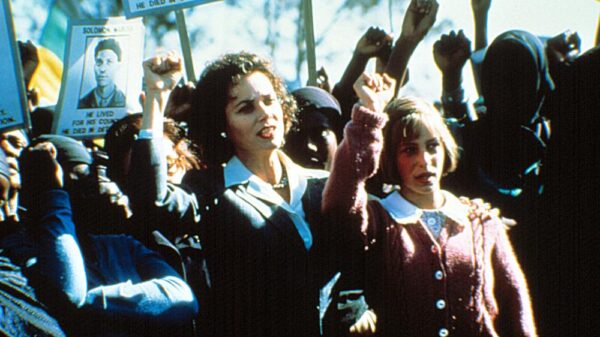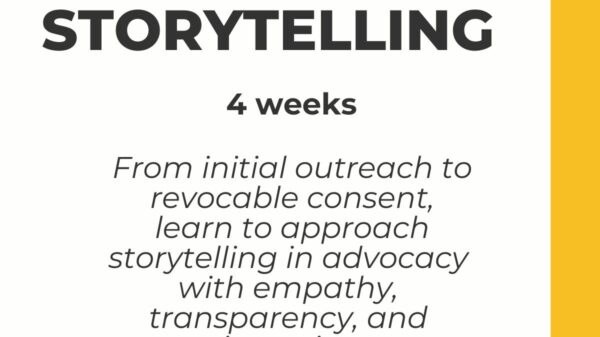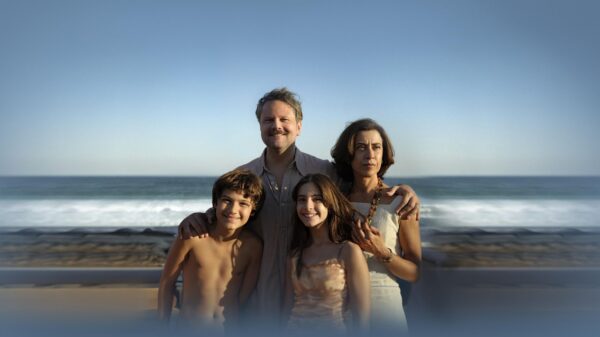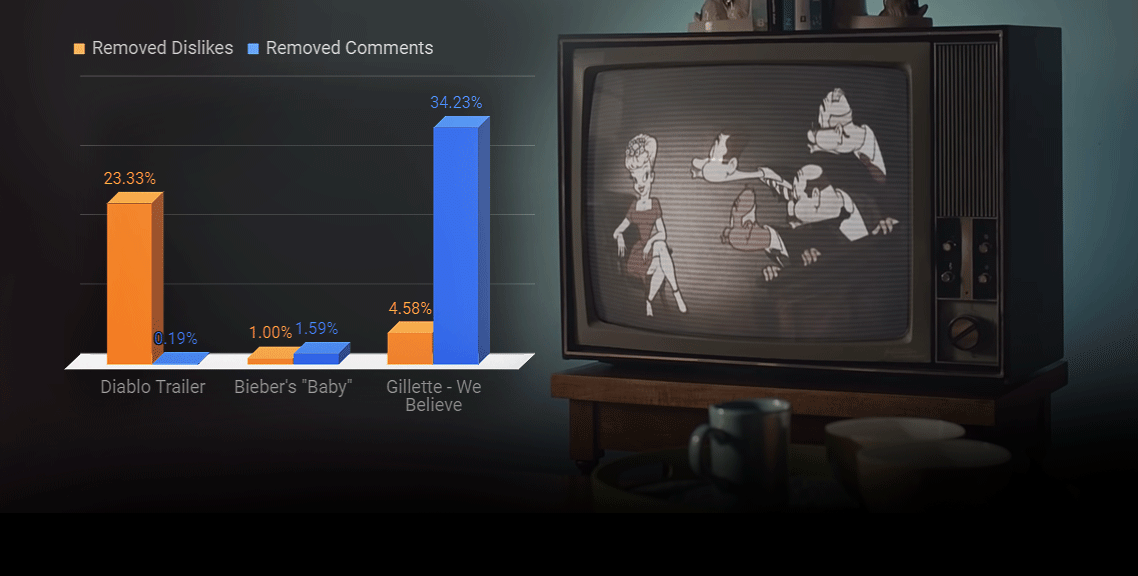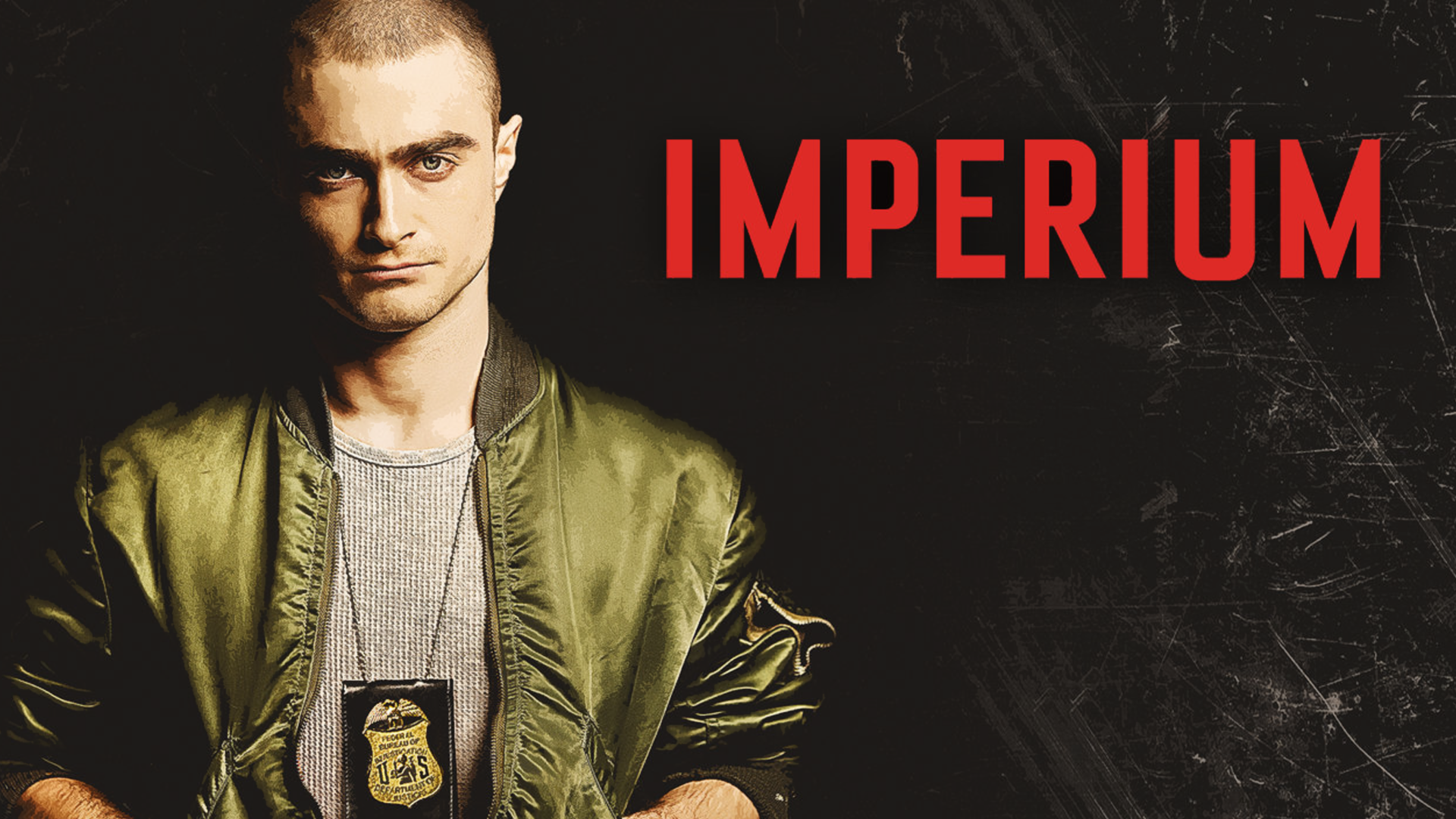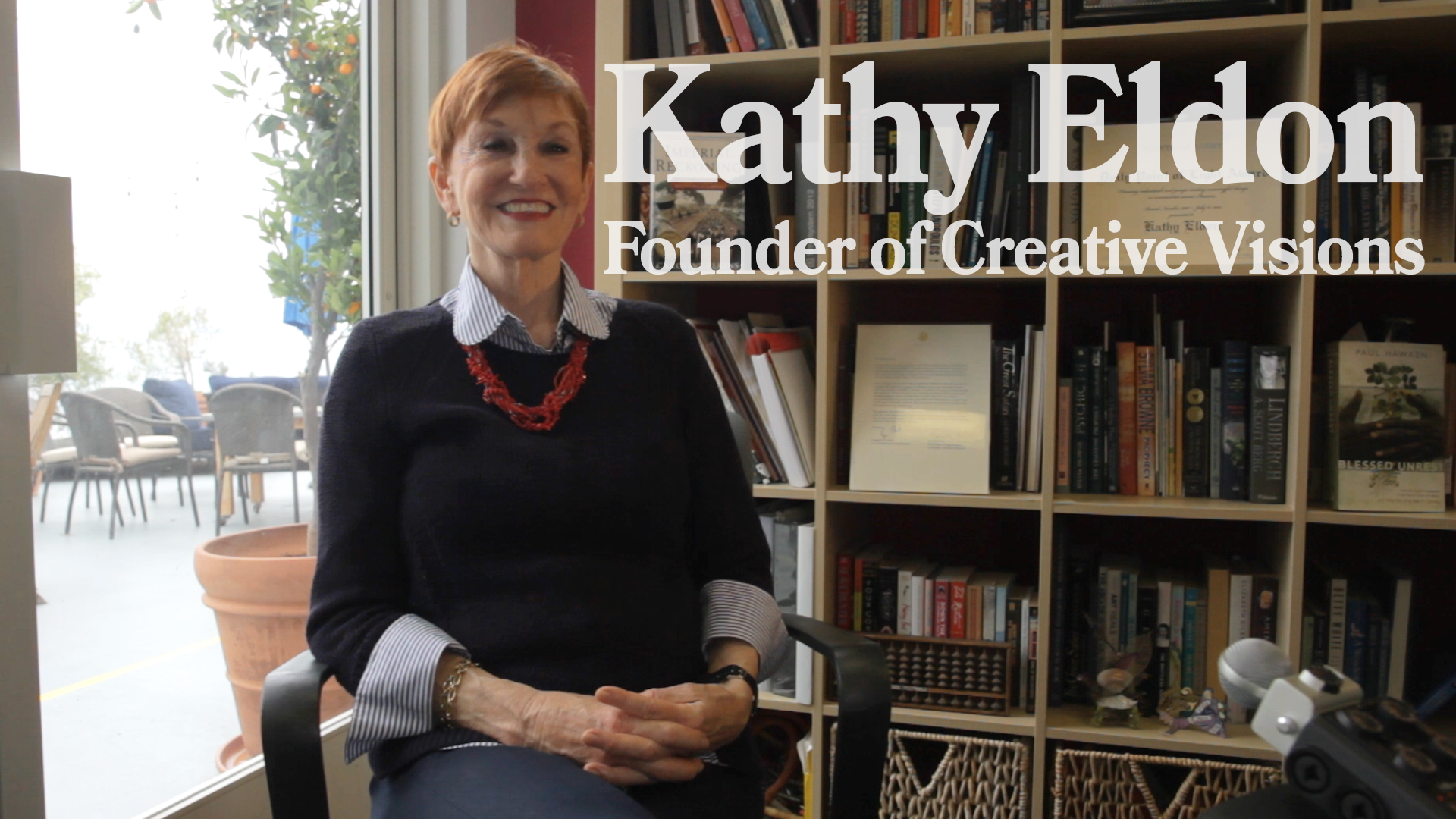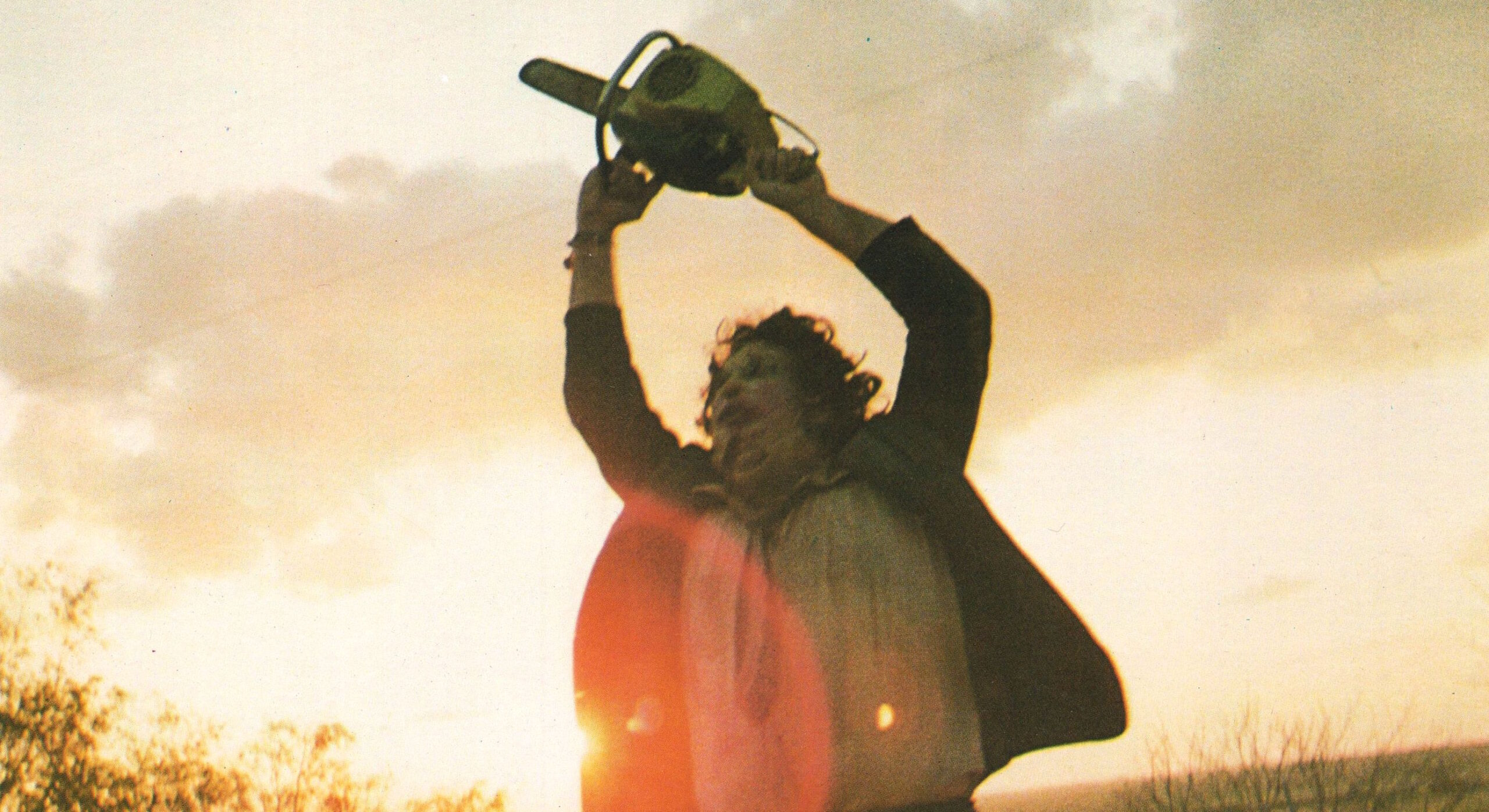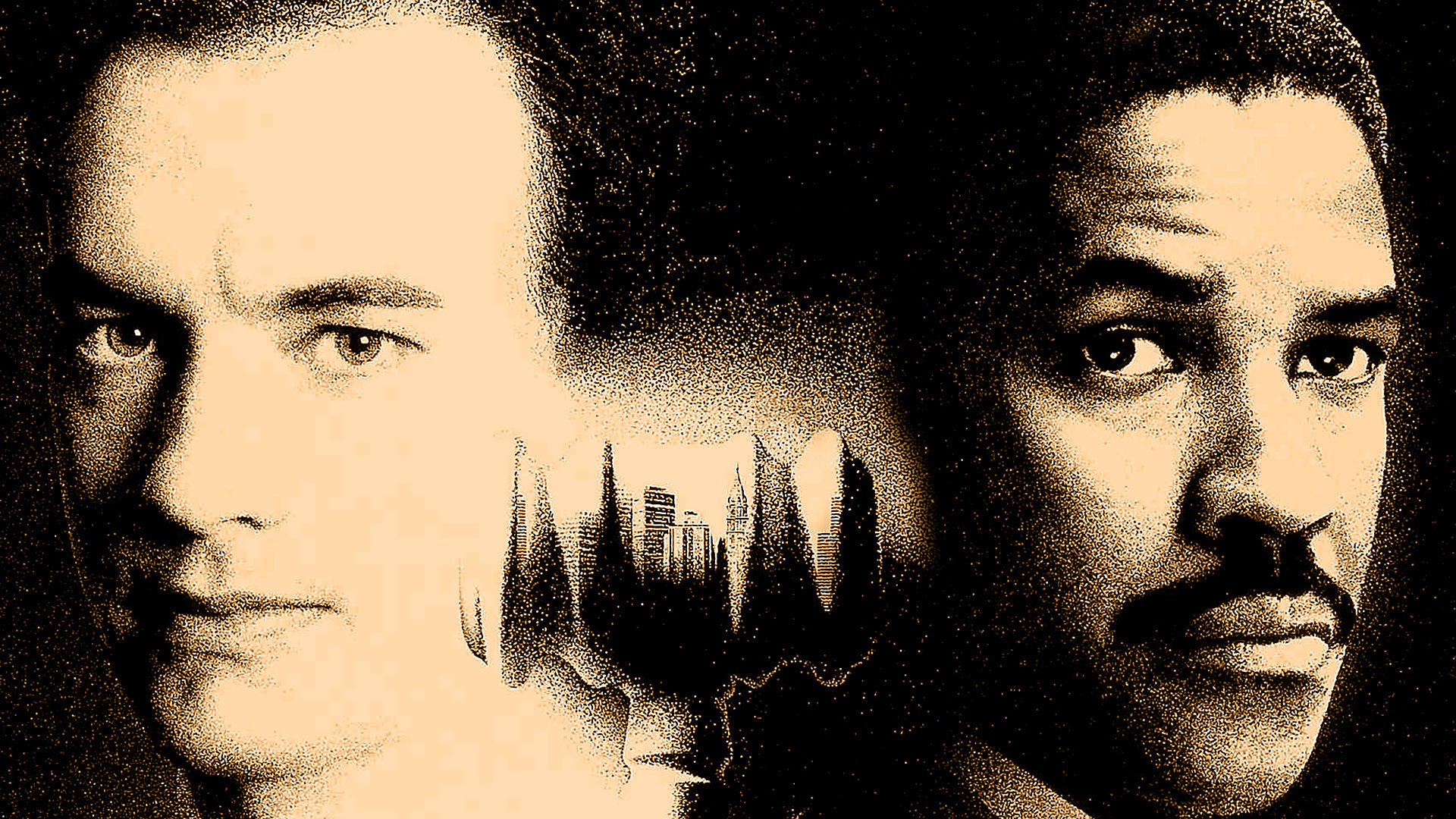Through the dark and damp corridor she sneaks away, fearing and shivering, sweating and crying. Something is hunting her, a creature that knows how to move underground, who inhabits the sordid world that is below. Something powerful with rusty and large weapons, born already with the instinct of chasing, mutilating and killing. She turns around full of panic, and there it is: a big and deformed thing that does not deserve to be called human, grotesque body full of lumps and covered with filthy rags. A malformed existence that only lives to open wounds into the clean, peaceful and well-balanced reality of those who reside on the surface. She screams, but her voice is soon drowned by the blood that floods her throat.
What I described could pretty much summarize the plot of dozens of terror movies, especially those of the slasher and gore subgenres. But even more specifically it could fit the storyline of what should be also considered a whole subgenre by itself: films about disfigured or disabled evil people. The list of titles could occupy the whole article, but it is enough to say that some of the most famous killers onscreen were affected by some kind of mental and/or physical handicap or deformation: Jackson, Leatherface, Freddy Krueger, and many more (including all the main antagonists in the The Hills Have Eyes series). Whatever the reason that pushes them to crime (pure instinct, social rejection, family manipulation, revenge, etc.) their looking and ‘awkward’ behaviors are used as visual ways of accessing to their dark soul.
The cinematic use of deformations both of the physical appearance and mental states is as frequent as misleading. Deformed bodies, difficult speech, strange movements of the limbs, all are used as visual means to reinforce or directly signify the ‘there is something really wrong with that person’ idea, through the pure image. Nonetheless the link established is not natural, not real.
That association between body dysfunctions and criminal or violent behaviors is a simple fallacy: disabilities and physical handicaps don’t lead to crime. These are biological conditions, while crime is a social problem. However, believing in that connection has been one of the repeated obsessions of many criminologists, like the infamous Cesare Lombroso, self-proclaimed ‘scientist’ (though his methods did never accomplish the scientific model) who proclaimed that facial ‘animalistic’ looks indicate a genetic predestination to crime. Such a statement has always been rejected by the bulk of the scientific community, and never proved by its promoters.
Audiovisual media needs to find ways of converting abstract concepts into the specifics images we as spectators are going to watch. Choosing to signify criminal conducts through physical attributes becomes troubling when considering that the social understanding of crime is nowadays mainly conformed not by justice institutions (such as police and courts), but by mass media. There is then a responsibility towards the public, an ethical duty for cinema creators and distributors. We need to be conscious that the visions of crime movies transmit are going to be, together with the ones that TV broadcasts and Internet spreads, the ones that will crystallize in the common imaginary.
The risk then is to use these features in a way that is insufficiently justified by the plot, to display those characteristics as a lazy and unimaginative resource to augment the fear or disgust of the audience, without critiquing or commenting on the real reasons behind the criminal acts of the characters. It is cinema professionals’ task to endorse through their movies a discourse that doesn’t stigmatize disabled people, labeling them as prone to crime when there is no evidence of that. This brings into my mind the ending of 8mm [SPOILER], when Nicolas Cage’s character Tom finally unmasks the snuff films killer, and discovers that the face he and the audience were willing to see has no malformation, that the feared criminal mind was not a disabled or challenged one, as he expected. Tom looks at him with incredulity, as the killer finally states: “What’d you expect? A monster?”


